“Time is like another character in this work. How much can you control who you become?”
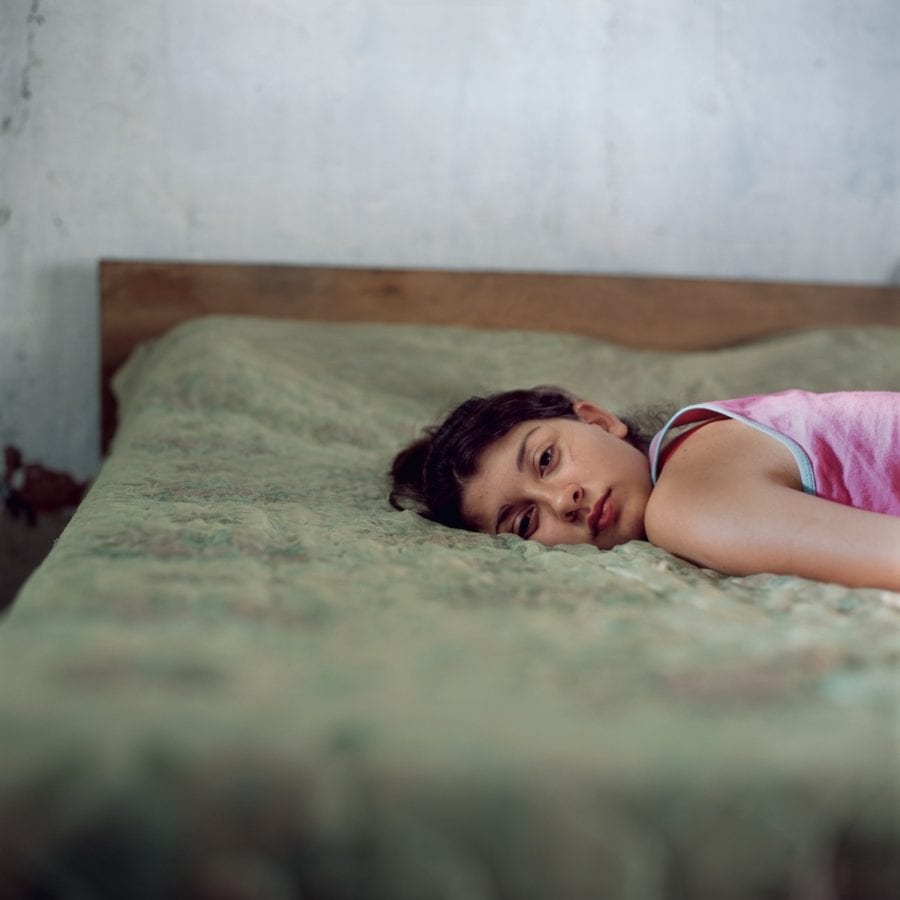

“Time is like another character in this work. How much can you control who you become?”
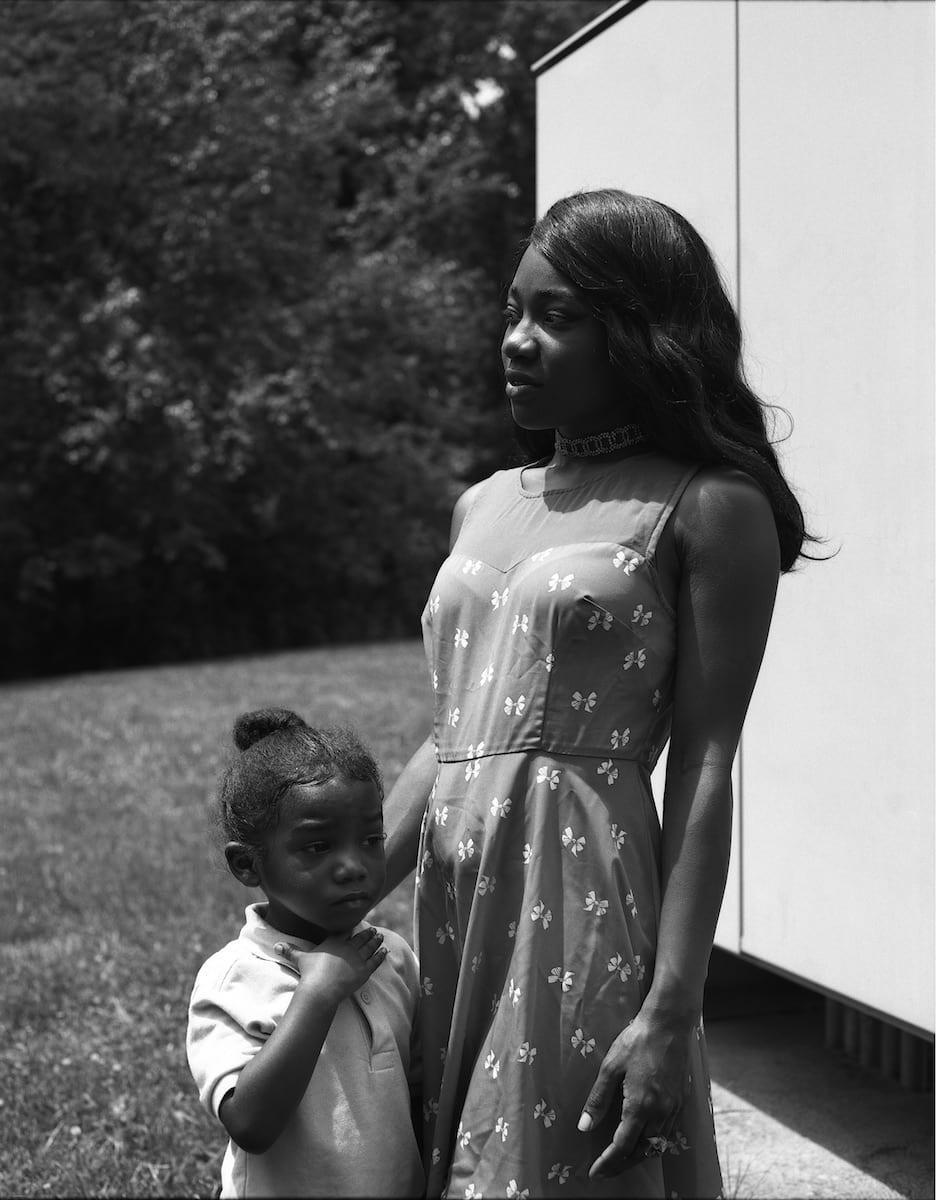
Newly nominated to Magnum Photos, Price unpacks notions of identity and perception in the realm of photographs, the real world, and beyond
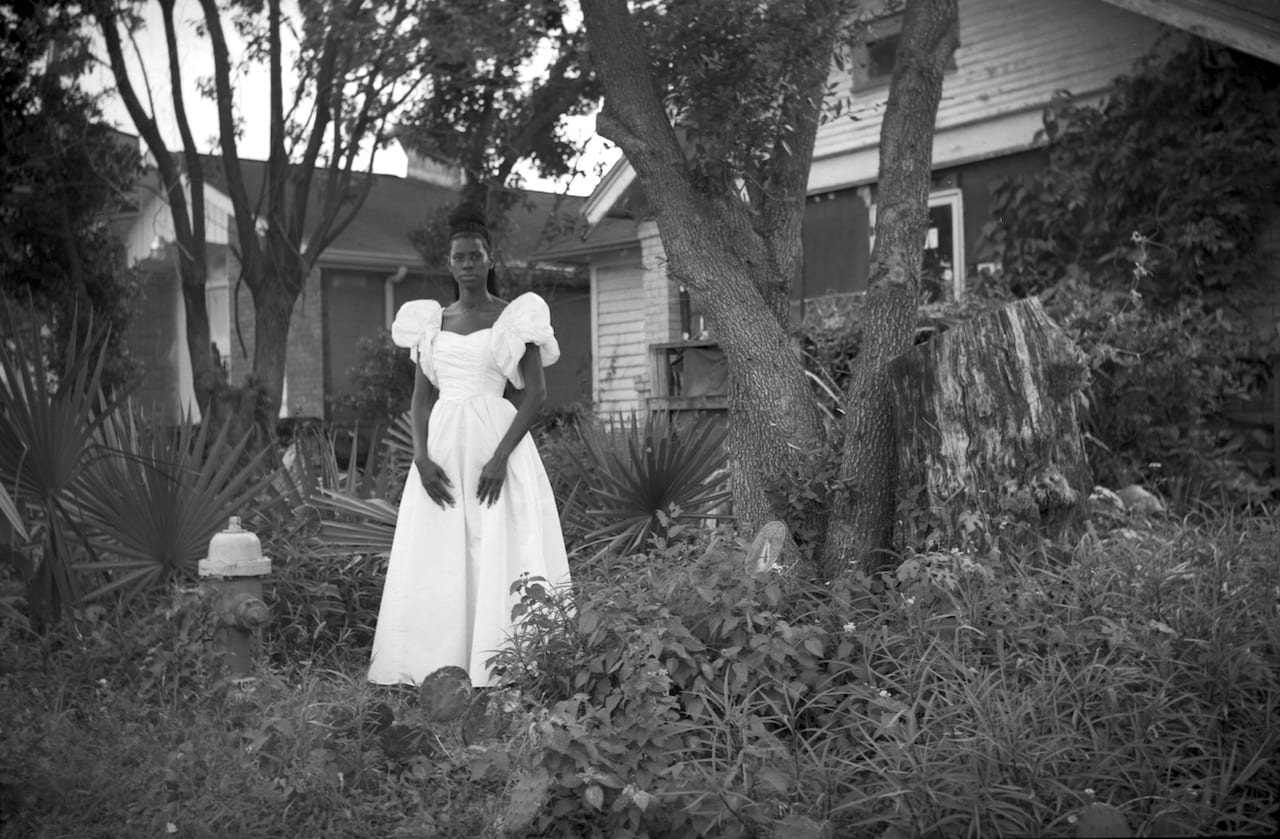
“I want to provide positive representations of people of colour and people from under-resourced areas,” says Deal, who dedicates his practice to uplifting cultural representations of his community
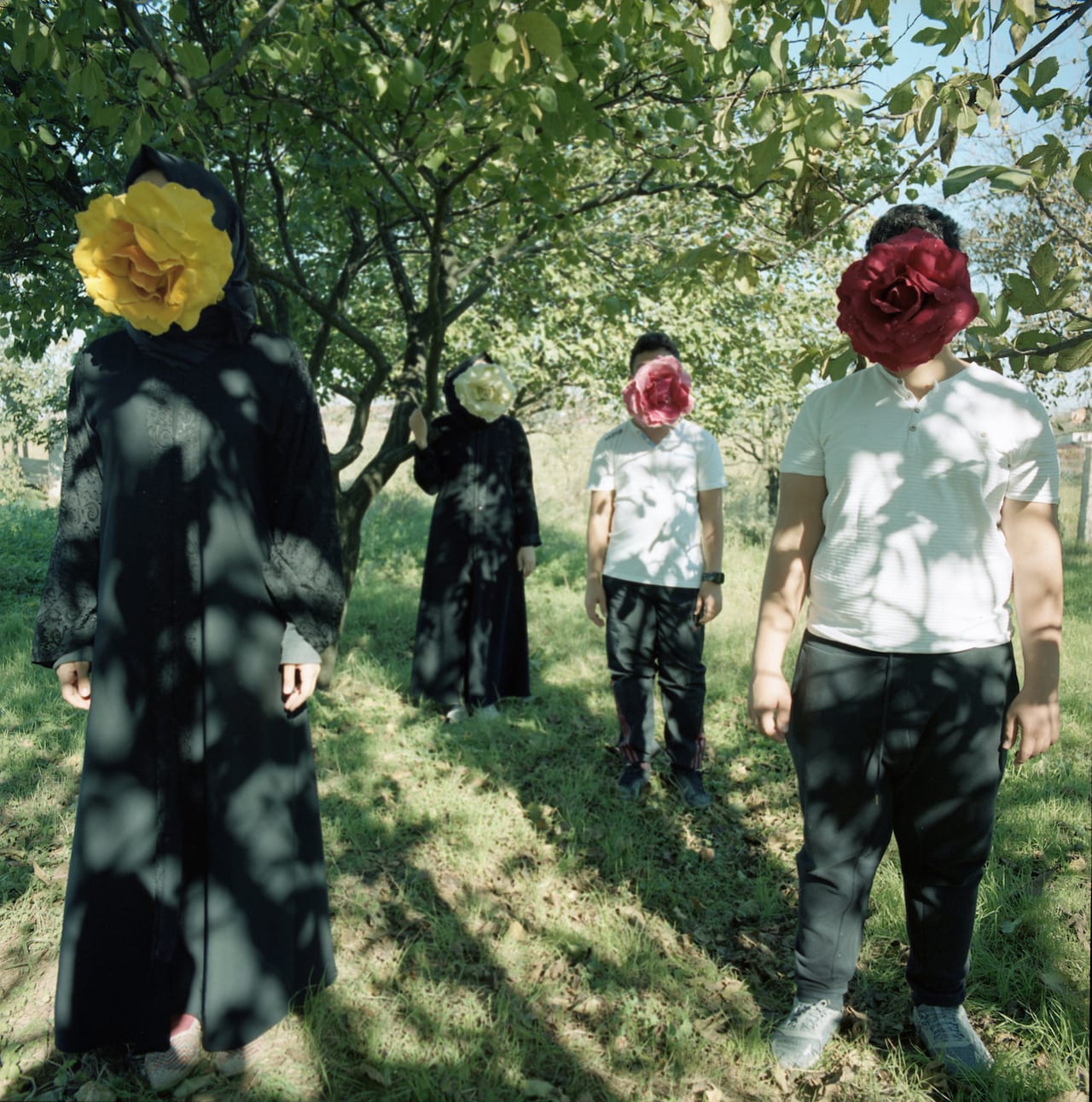
“Their stories are also my story,” says Çimen, a self-taught photographer whose work explores the experience of young Islamic women in Turkey
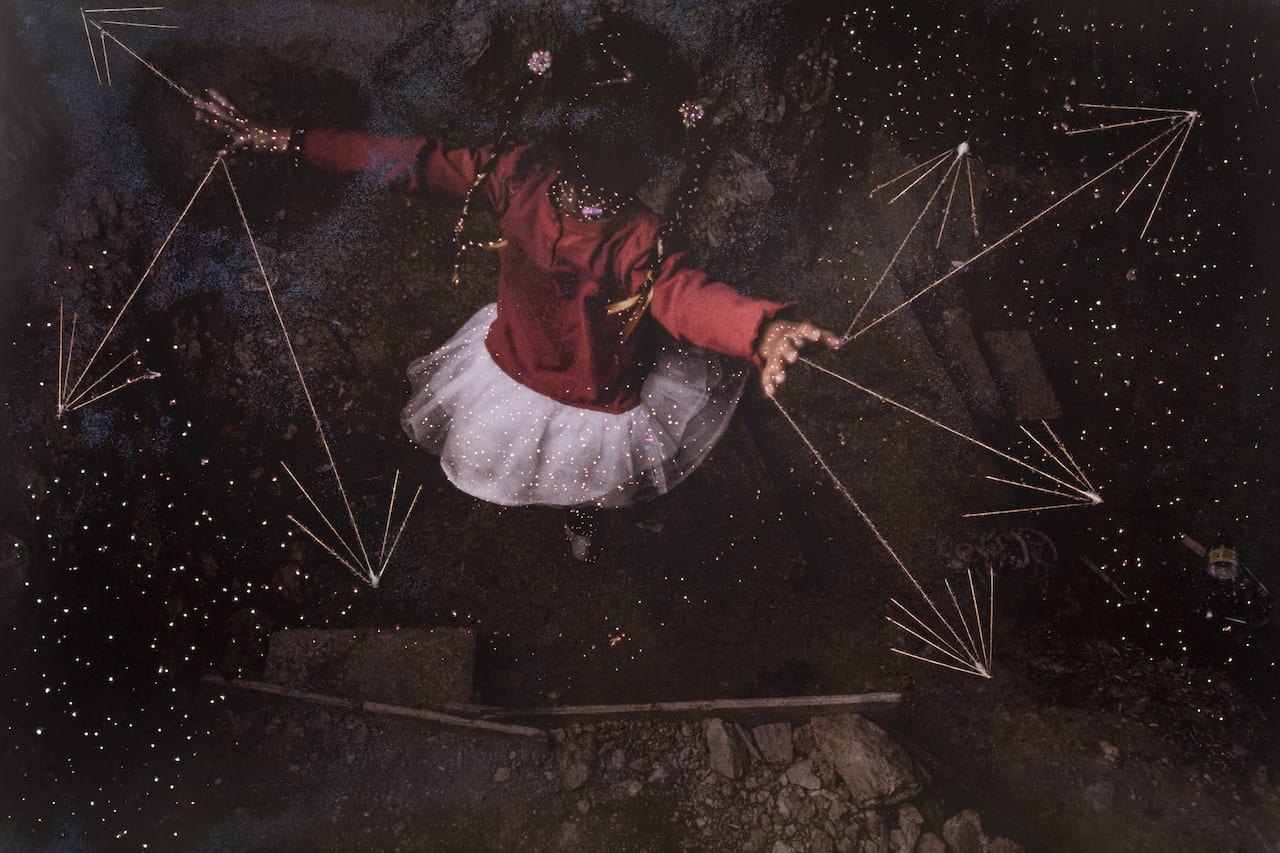
Driven by loss in his own family, Yael Martínez explores the pain and violence inflicted by organised crime on families in his home-state Guerrero
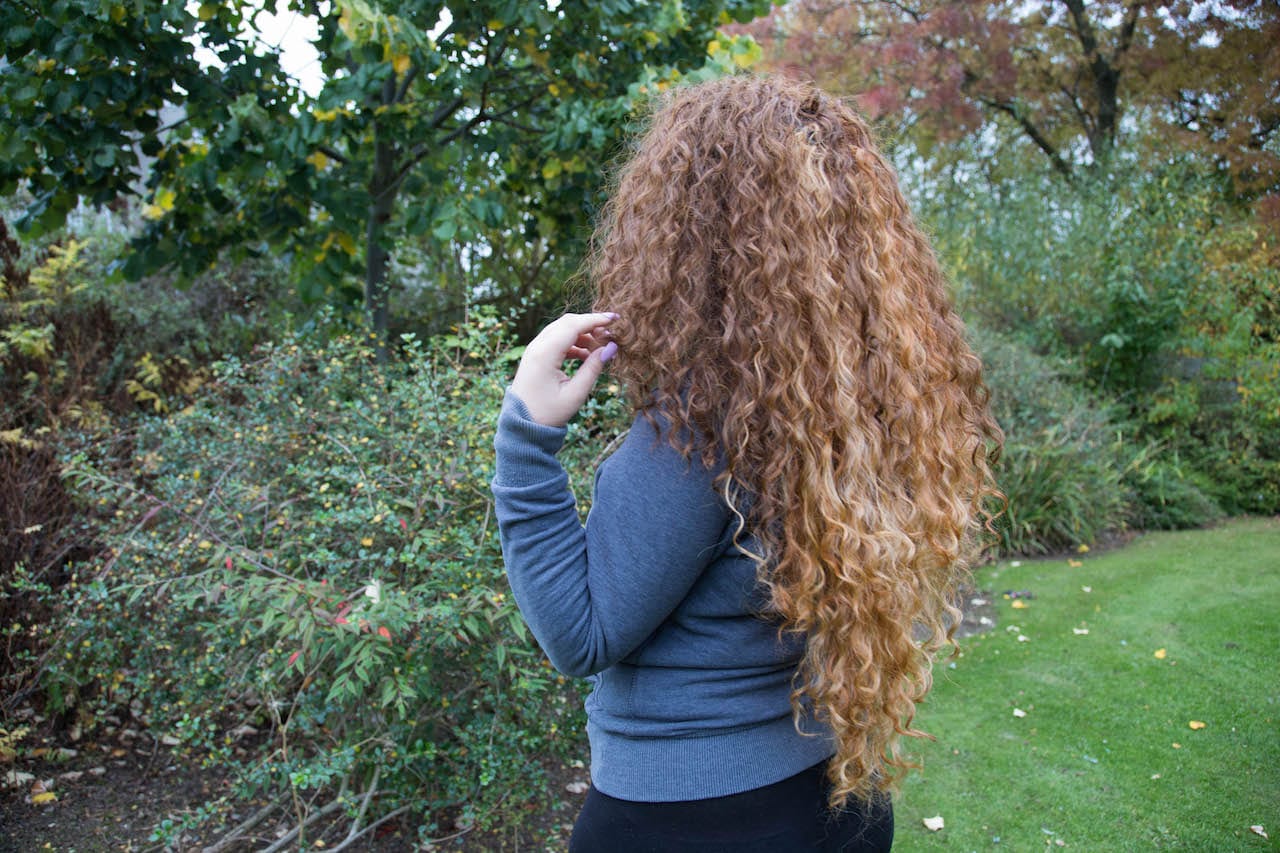
Multistory and Susan Meiselas have launched a print sale fundraising for The Haven — a shelter for women and children facing domestic abuse in Sandwell. We revisit an interview with Meiselas discussing the work, created in collaboration with the shelter and the individuals it serves
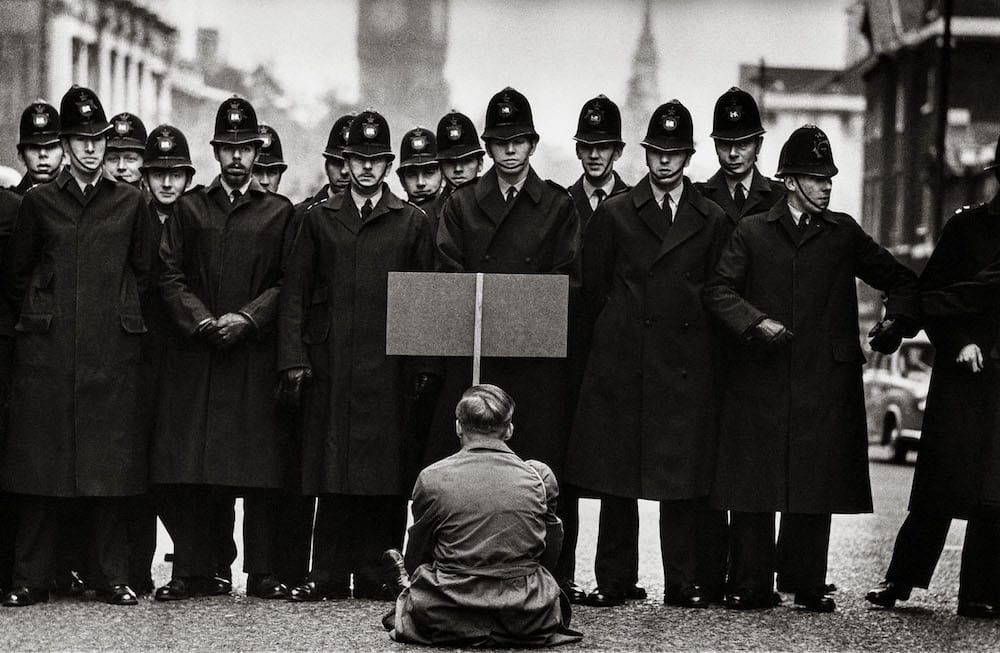
Beginning at 8AM EST on Monday 28 October, and running for five days until midnight…
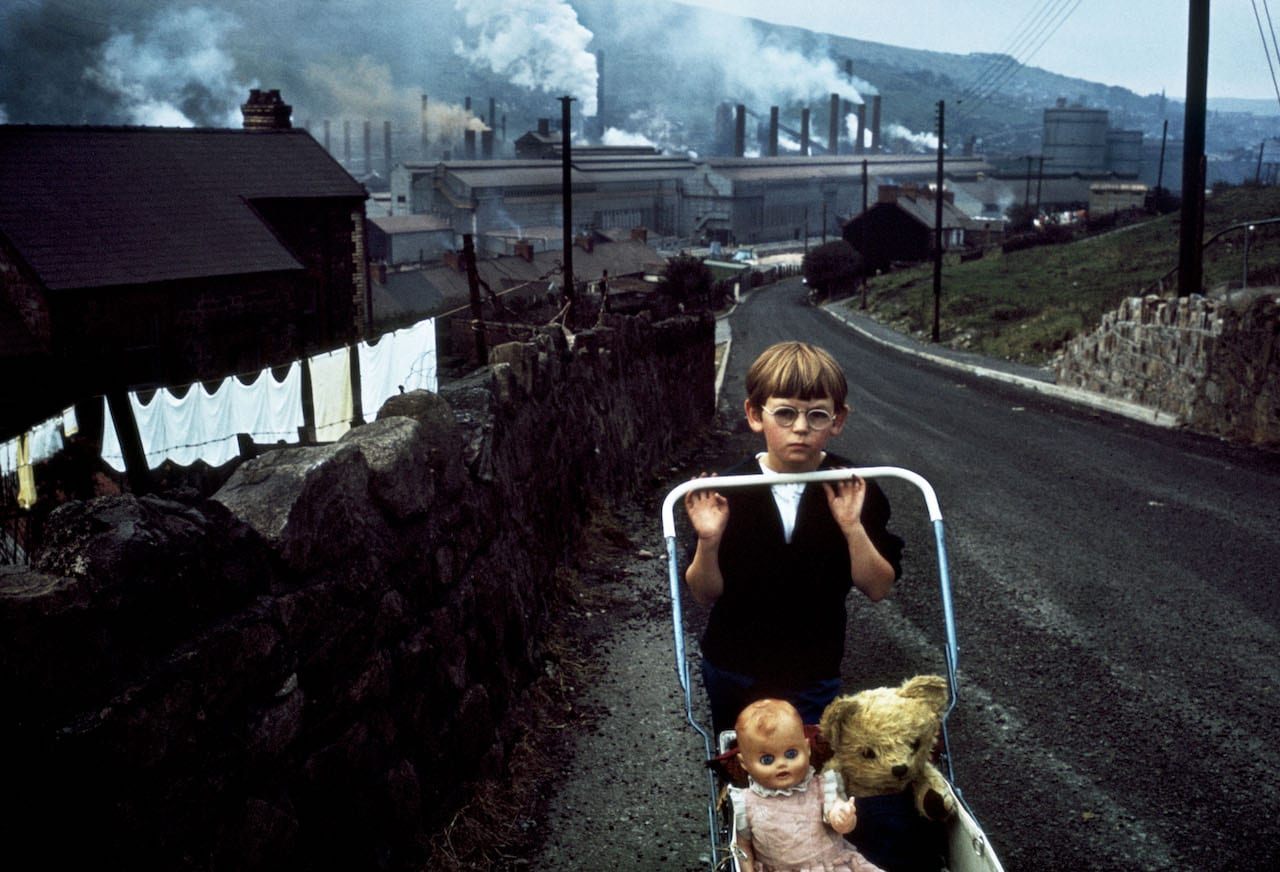
From Henri Cartier-Bresson to Elliott Erwitt, Martin Parr, Bruce Gilden, and Richard Kalvar, a new book brings together over 300 images from some of the genres greatest practitioners
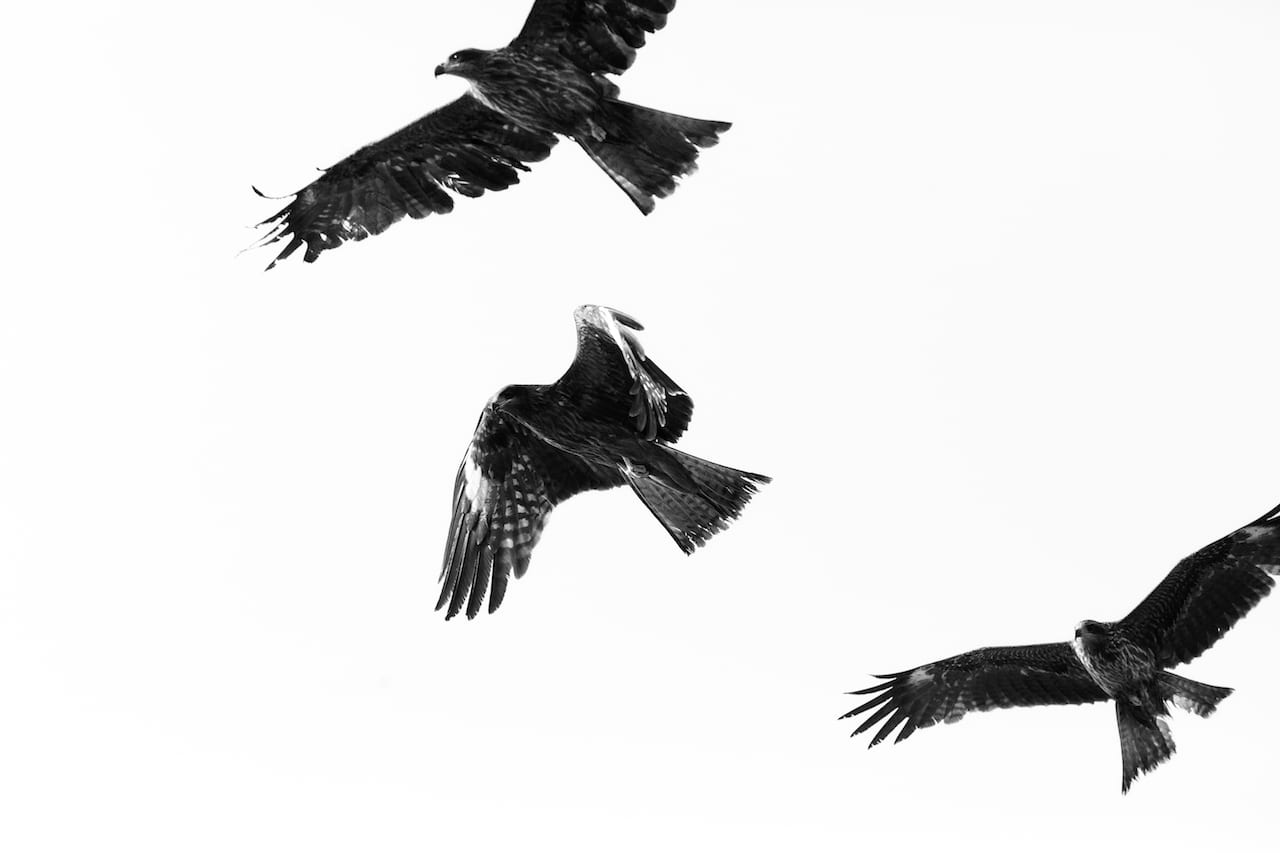
Over 10 days, Paolo Pellegrin and Kosuke Okahara produced a live display of their process from a pop-up studio in Kyoto, Japan
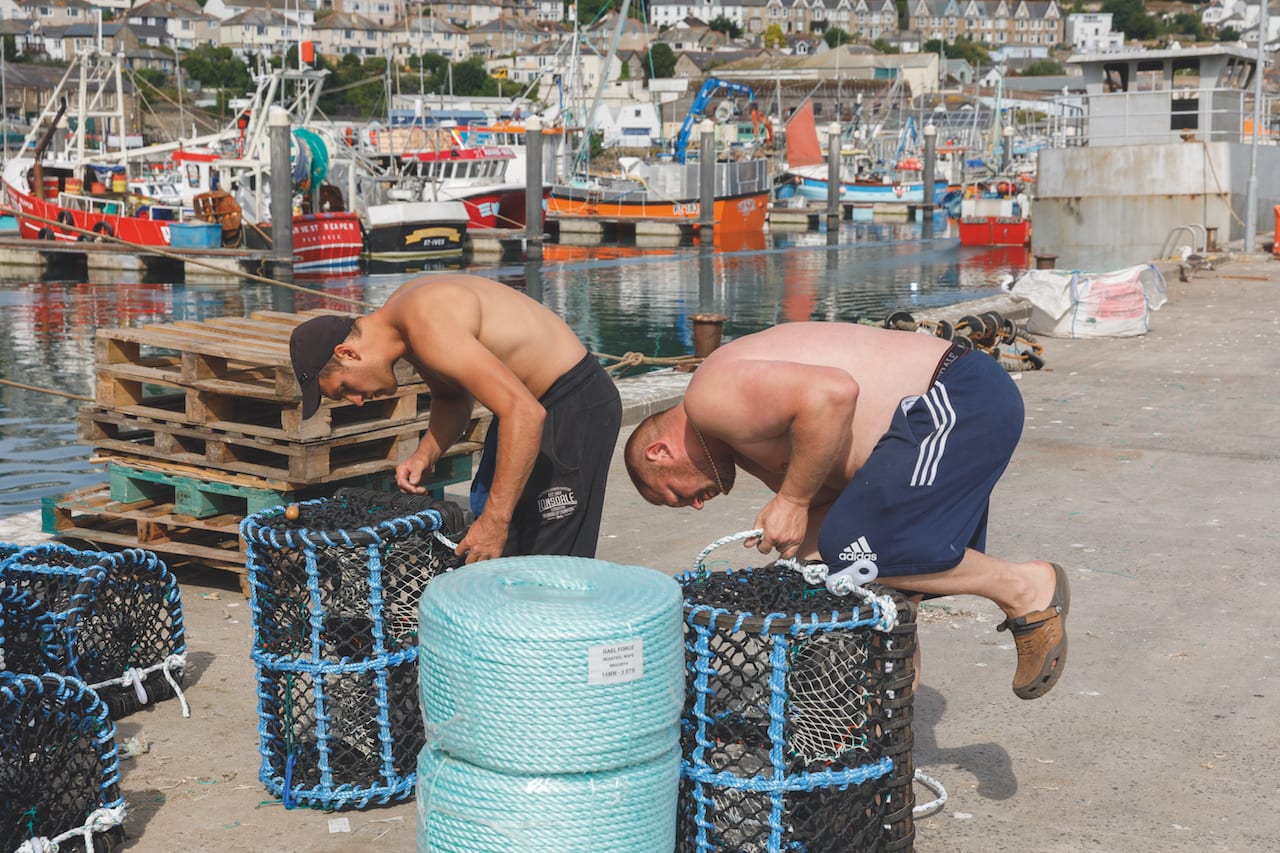
When the Portrait Gallery was established in London in the mid-19th century, its role was envisioned “to consist of those persons who are most honourably commemorated in British history”. Opening in an era when photography was still a new and untried technology, the National Portrait Gallery (as it later became known) was intended to be the national repository of the images, chiefly paintings and drawings, of those men and, much later, women who represented what was best among the British hierarchy of achievements, skills and aptitudes. Its function was to hold up a mirror to Britain that reflected its qualities back to those who came to observe them, as object lessons about how to aspire to, or more simply respect, the qualities and moral standing of the great and the good.
This conception of the NPG may still be widespread in the public mind, as even Martin Parr thought his work would be an ill-fit for a contemporary exhibition along these lines. “I never thought of myself as a portrait photographer,” he says, “and when I first met Phillip Prodger [NPG’s former head of photographs], I told him I had only a few celebrity portraits. I just put a lightbox together and sent them to him, though I was quite surprised at what I had.” Prodger, however, had other ideas, seeing in Parr the work of a social observer who could also offer a portrait of a nation at a key point in its history. So it is that the NPG put together Only Human, on show from 07 March to 27 May, bringing together some of Parr’s most famous photographs alongside a number of works never exhibited before.